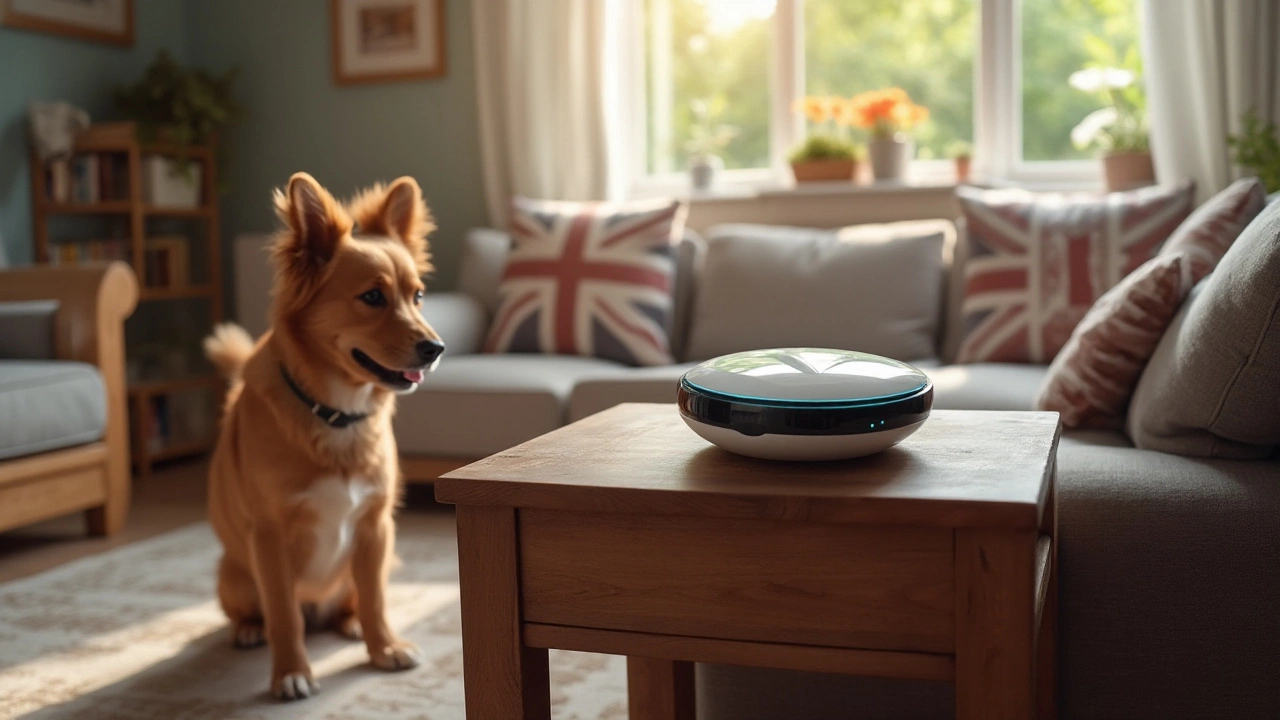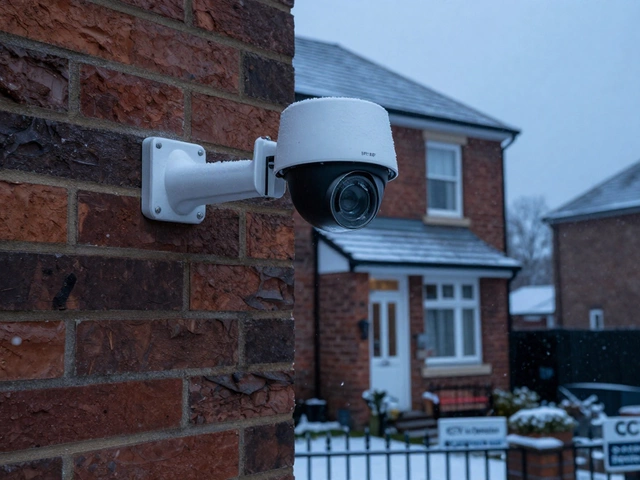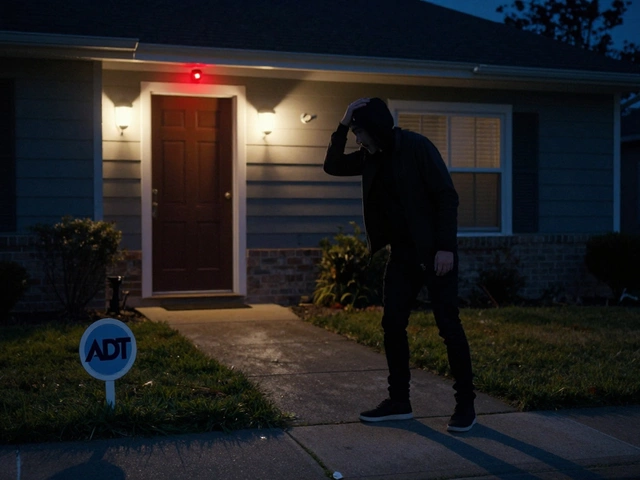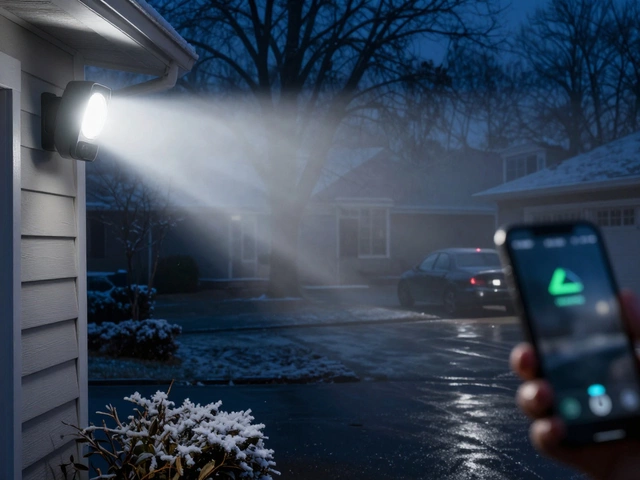Dog Training Tools: What Every Owner Needs to Get Started
If you’ve ever tried to teach your dog a new trick and felt stuck, the right tools can make all the difference. You don’t need a fancy arsenal – just a few basics that match your dog’s size, temperament, and your training goals. Below we break down the core items, why they matter, and how to use them without confusion.
Core Gear Every Dog Trainer Should Own
First up, a sturdy leash and collar. Choose a leash that’s 4‑6 feet long; a shorter “training leash” gives you control, while a longer one lets the dog explore. For the collar, go for a flat, padded version unless you’re working with a specific behavior that calls for a head‑halter or no‑pull harness. Both keep the dog comfortable and prevent accidental choking.
Next, grab a few training treats. Small, soft bites work best because you can give many without filling your pup up. Keep a treat pouch on your belt or in a pocket so you don’t waste time digging through a bag. The key is consistency – reward the exact behavior you want, every time.
A clicker is another simple but powerful tool. It makes a clear, unique sound that tells your dog “that’s right.” Pair the click with a treat, and you’ve created a fast communication loop. Clickers are cheap, portable, and work for everything from sit to complex agility moves.
Advanced Options for Specific Challenges
If your dog pulls on walks, a no‑pull harness can redirect the force without hurting the neck. Look for a front‑clip design; it gently steers the dog back toward you when they lunge forward. For reactive dogs, a head halter gives you gentle control over the head, similar to a horse’s halter, and can calm sudden lunges.
When training recall or distance commands, a long line (30‑50 feet) is a safety net. It lets the dog roam while you keep the line slack, ready to reel them in if they ignore the command. Combine this with a high‑value treat, and you’ll see faster improvements.
Don’t forget interactive toys and puzzles. They keep your dog mentally sharp and can be used as rewards during “stay” drills. A Kong stuffed with peanut butter, for example, holds attention for minutes while reinforcing patience.
Finally, check the durability of everything. A chew‑proof leash or a metal clicker won’t break after a few sessions, saving you money in the long run. Spot‑check for frayed strings, loose tags, or cracked plastic before each training day.
With these tools in hand, training becomes less about guesswork and more about clear, repeatable signals. Stick to short, fun sessions, keep your tone upbeat, and remember that consistency beats intensity. Your dog will pick up cues faster, and you’ll both enjoy the process more.
Ready to upgrade your training kit? Start with the basics, add one advanced item that fits your current challenge, and watch the progress roll in. Happy training!






